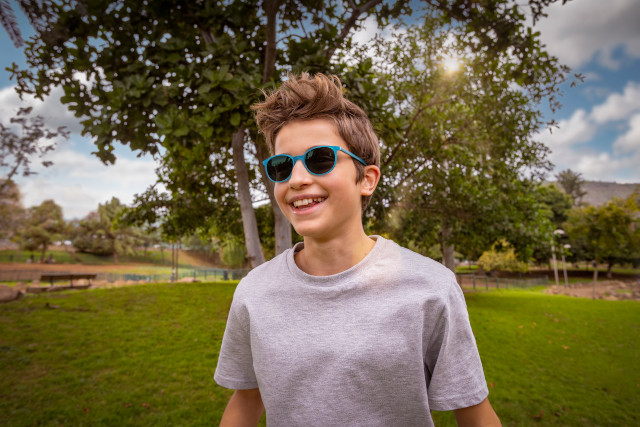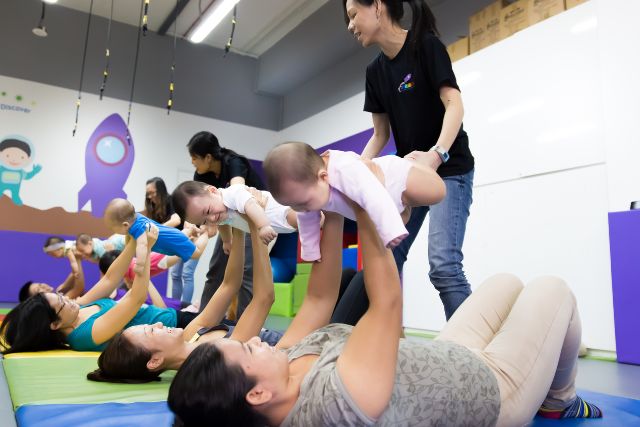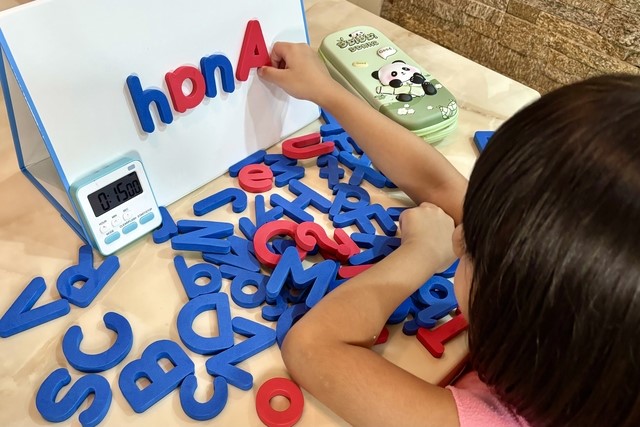Deep breathing goes by many other names such as diaphragmatic, abdominal, or belly breathing. In moments of anger, frustration or distress, we often take short, shallow breaths which makes us feel anxious and it also depletes our energy quickly. Slow and deep breathing encourages full oxygen exchange in our bodies. The air coming through our nose will fill our lungs, causing our lower belly to rise.
 Photo by Chirayu Vyas on Pexels
Photo by Chirayu Vyas on Pexels
Here are some other ways deep breathing benefits our bodies:
1. Lower blood pressure
Deep breathing does not replace medication for elevated blood pressure but is a good supplement on top of regular exercise, a healthier diet and adequate sleep.
2. Manage symptoms of anxiety
Taking slow, deep breaths can disrupt acute reactions towards stress. Having time to pause before responding can alter our ways of responding towards triggers.
3. Improve focus
As we concentrate our thoughts on our breaths, we are reducing distracting thoughts which leads to a calmer mind.
 Photo by Kelvin Valerio on Pexels
Photo by Kelvin Valerio on Pexels
Practicing Deep Breathing
Step 1: Find a comfortable position (this may be sitting down, lying down or even standing up)
Step 2: Place one hand on your chest and the other hand on your belly.
Step 3: Breathe through your nose, letting it flow down into your abdomen. Feel your belly expand.
Step 4: Exhale slowly through pursed lips.
Step 5: Repeat Steps 3 and 4 for 3 minutes.
Here are some variations to deep breathing to continue working on improving overall well-being.
• 5-5 Technique
Breathe in and retain breath for a count of 5. Exhale through your nose for a count of 5. Repeat for a couple of minutes.
• Box Breathing Technique
Box breathing technique forces our minds to quieten and focus on our bodies. You can do so by repeating the following steps. Breathe in for 4 counts. Hold your breath for 4 counts. Exhale for 4 counts. Hold your breath for 4 counts.
 Photo by Andrea Piacquadio on Pexels
Photo by Andrea Piacquadio on Pexels
• Progressive Muscle Relaxation
Deep breathing and progressive muscle relaxation can be integrated to tense and relax different muscle groups one at a time. As you breathe in, squeeze toes. As you exhale, relax them. Move on to different muscles in the body from bottom to top (toes, leg, stomach, hand, arm, shoulder, face, eyes).
Reference: Medical News Today and Health Hub.
This article was first published in The New Age Parents’ Mindful Parent Publication.
* * * * *
Looking to reach over 100,000 parents in Singapore? Let us amplify your message! Drop your contact details here, and we’ll reach out to you.
Discover exciting family-friendly events and places to explore! Join our Telegram channel for curated parenting recommendations.






















































